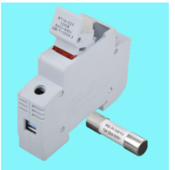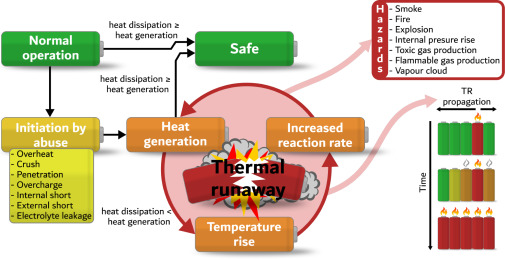robbob2112
Doing more research, mosty harmless
AIC rating can vary with voltage.
Interrupt Capacity 
10000A @ 14V DC
5000A @ 32V DC
2000A @ 58V DC
MRBF Terminal Fuse - 30A - Blue Sea Systems
Space-saving ignition protected fuse for 30 to 300 Amp loads. Must use with Terminal Fuse Block.www.bluesea.com
Agreed, but a 600v fuse used on a line with 500vdc and 30amps shouldn't have a problem so long as the 30 amps is not exceeded.
But, the resistance of fuses does vary by the amp rating, which means heat output varies by amp rating.
From my testing with the class T and Chint fuses the higher the amp rating the lower the internal resistance.
From looking back earlier in this thread where I posted a picture of a bunch of fuses side by side, the larger the higher the voltage rating the larger the fuse. The Class T in the picture are rated 125vdc and 160vdc. The larger is physicaly bigger. The Chint have a way higher voltage rating and much larger. But their internal resistace is higher so more heat loss. But they sit in the holder in open air to disipate the heat.
See

House burned down
Possible solution: BACK UP. This guy is FUSED 🤣 1 on each battery, 1 300amp anl and 1 T class. 🤣 fused Probably had a fire - bad experience Link for the contactor? The MRBF is probably OK, but I get them from Mouser for eaton brand.
Now, all that said - our friend @dianea had a fuse mounted to a DIN rail and looked like screwed to a sheetrock wall verse inside an enclosure and she was kind enough to post a picture of it as a warning - so I was asking for any details she could provide about the fuse itself. As in type/voltage/amps from which we can see why it did what it did.
I suspect from the picture there was a short somplace or more likely the fuse was being run near its amp limits and it heated up like the filament in an old light bulb. and burned the wall and melted whatever the casing it. That looks like a fuse holder that has a flip out door and you put a fuse inside it.
P.S. @dianea - if you have more pictures I would like to see one from farther way showing all the damage, looks like the wire on the right had a melted sheath.





